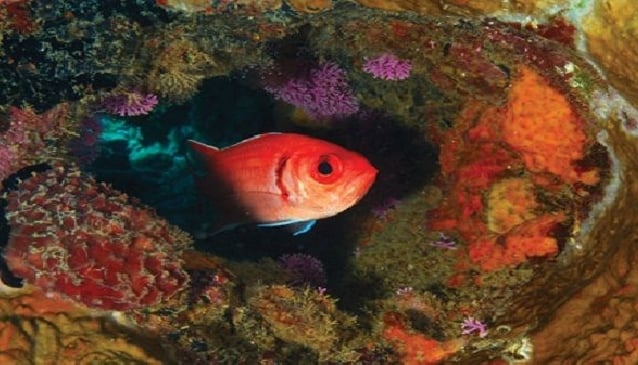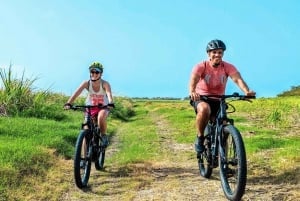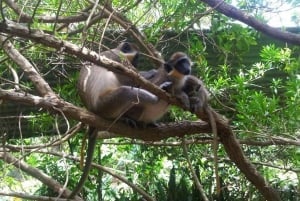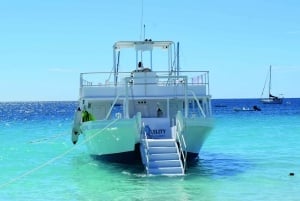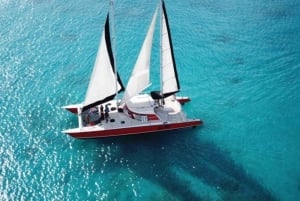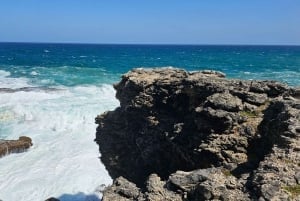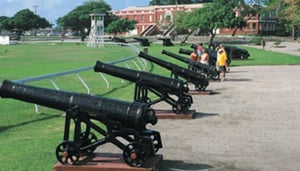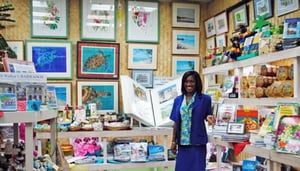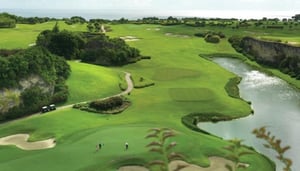Preserving Coral Reefs in Barbados
Nobody wants to stand by and watch these beautiful sea gardens turn into murky wastes...
Book Top Experiences and Tours in Barbados:
If youʻre booking your trip to Barbados last minute, we have you covered. Below are some of the top tours and experiences!- Barbados: Tour of Harrison's Cave & Hunte's Gardens
- Barbados: Rural Tracks and Trails Guided E-Bike Tour
- Barbados: 4 Hour Private Customized Island Tour
- Bridgetown: Carlisle Bay Turtle and Shipwreck Boat Cruise
- Barbados: Carlisle Bay Beach Day and Turtle Swim Experience
Snorkeling and diving in Barbados is spectacular, from the northern reefs of Maycocks Bay, to the South Winds Fringe. Barbados offers magnificent wrecks to penetrate and explore, reefs composed of sea fans, large barrel sponges and huge coral heads, and marine life including hawksbill turtles, moray eels, barracuda and a vast array of colorful and diverse reef fish.
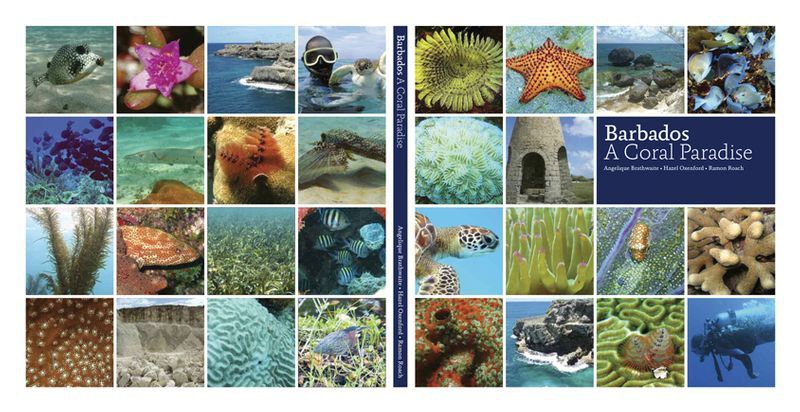
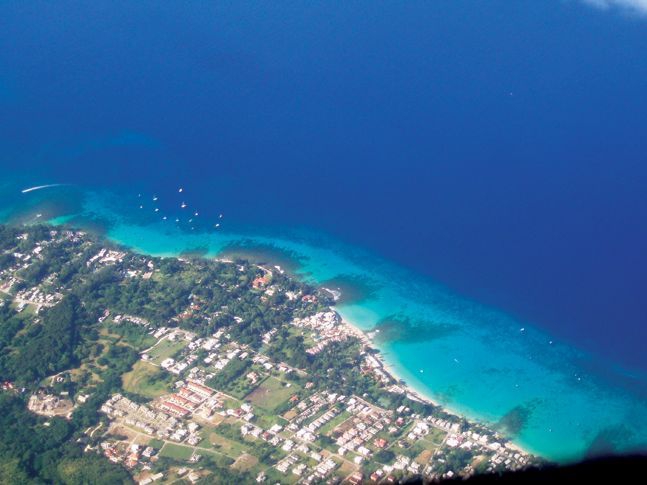
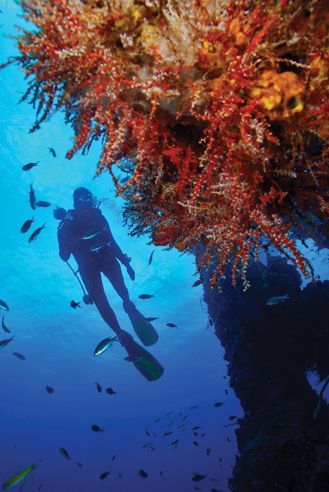
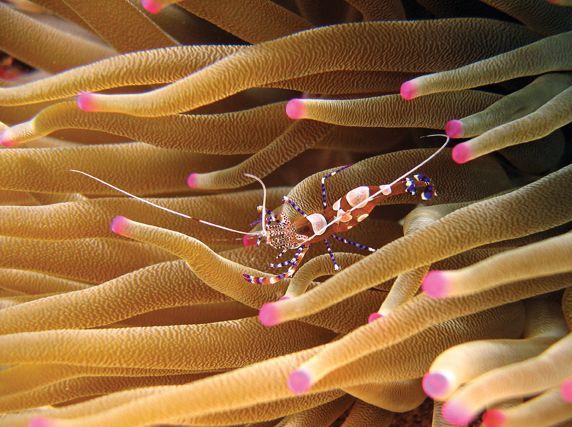
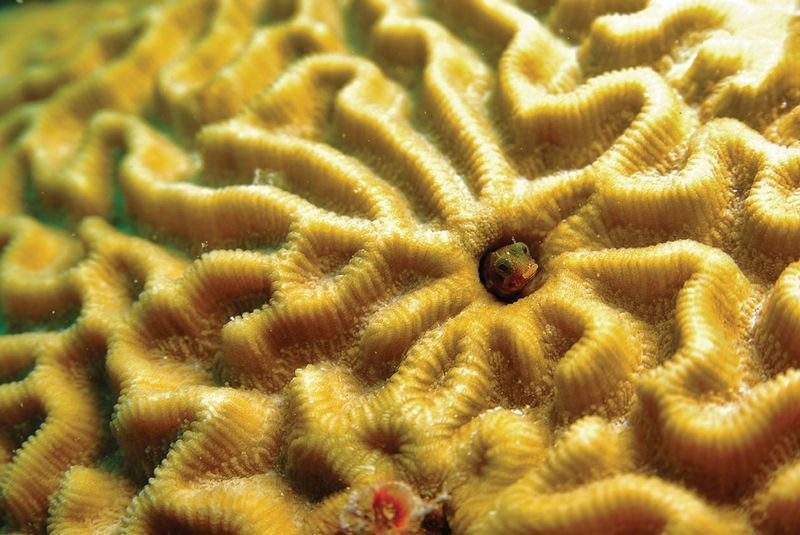
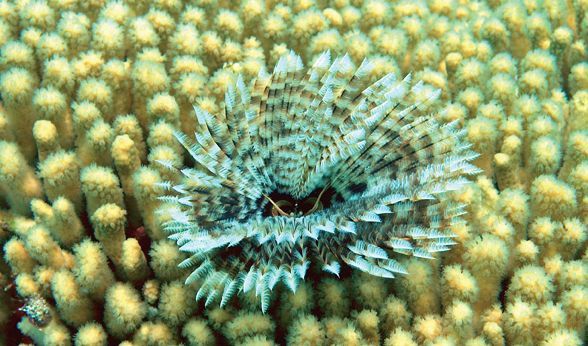
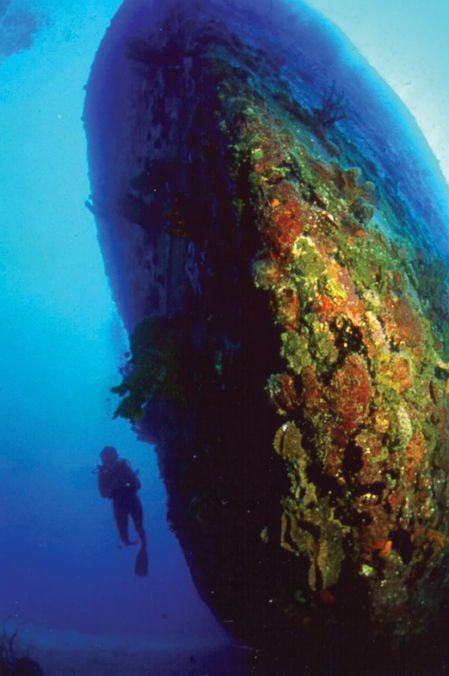
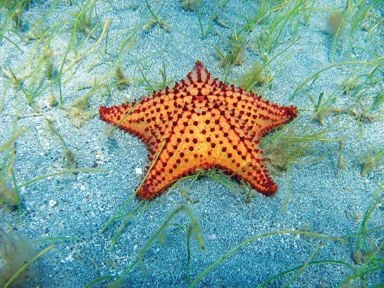
But we often hear how coral reefs are in danger. Coral is fragile and vulnerable. Reef building corals flourish only in clear, clean, nutrient-free waters, usually between 25 degrees north and south of the equator. Corals are delicate structures composed of thousands of tiny slow-growing animals called polyps, and are threatened by human disturbances such as sewage, sediment, debris, pollution, boat anchors, removal of live coral for souvenirs and damage caused during diving and snorkeling activities.

The reef is constantly growing new colonies on top of the skeletons of older ones, but coral growth rates can be as slow as half inch per year, taking hundreds of years to form large coral heads. Therefore, damage created to the reefs, may take decades to recover. Nobody wants to stand by and watch these beautiful sea gardens turn into murky wastes, but are scientists doing anything to try and save the reefs? They can study them, report on them and give recommendations for their needs and threats. But unfortunately, scientists alone are powerless to save the reefs without the support and involvement of governments and government agencies, businesses and individuals, who all have roles to play in preserving this fabulous natural resource. Your participation and involvement will make a difference.
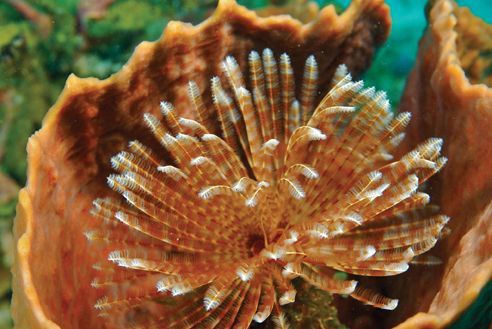
Help preserve our Coral Reef Ecosystem by observing these points:
- Even the lightest touch with hand or equipment can damage sensitive coral polyps, therefore avoid contact with the ocean bottom. Never stand on a coral reef.
- Snorkelers should wear buoyancy aids to allow gear adjustment without contacting the coral.
- Divers should only use the weight needed and practice proper buoyancy control. Areas that appear empty may support new growth if left undisturbed.
- Return any trash found on the reef and dispose of it responsibly.
- Dumping trash at sea is illegal; it can injure or kill marine animals. Try to retrieve fishing gear and equipment, especially monofilament line.
- Accidental boat groundings damage coral and seagrass. Fines are imposed for such damage. If you run aground turn the engine off, and tilt it up if possible. Do not try to motor off.
- Use sewage pump out facilities and biodegradable bilge cleaner and never discharge bilge water over the reef.
- Use reef mooring buoys or anchor in sandy area away from coral and seagrasses.
By working together and following these guidelines we can help protect the beautiful reefs and the natural resources of Barbados.
If you wish to learn more about Barbadosâ coral reefs, their past, present and future and how to protect them a good read is Barbados: A Coral Paradise by Angelique Brathwaite, Hazel Oxenford and Ramon Roach. This book is available at Miller Publishing Company, the Ins & Outs of Barbados Gift Emporium, Best of Barbados Gift Shops, the University of the West Indies bookshop and leading bookstores.


